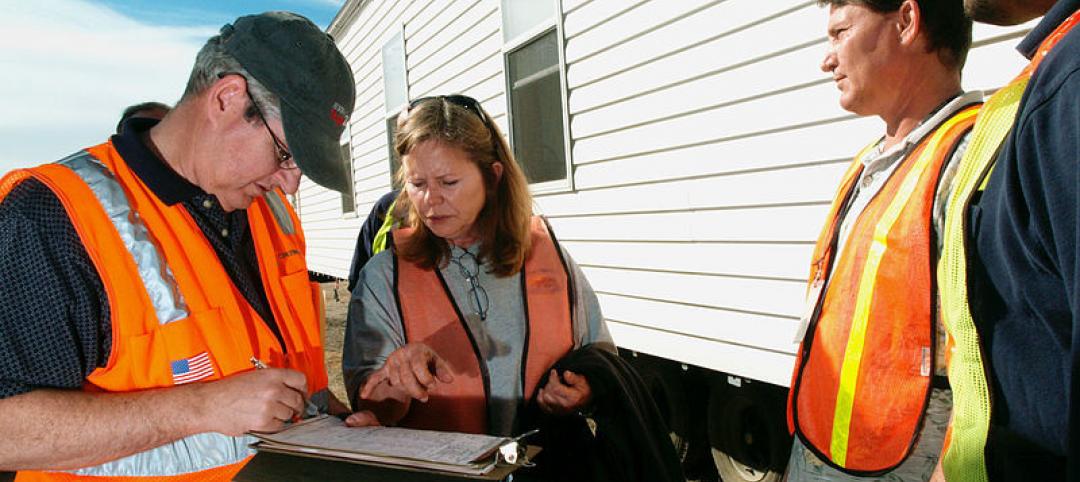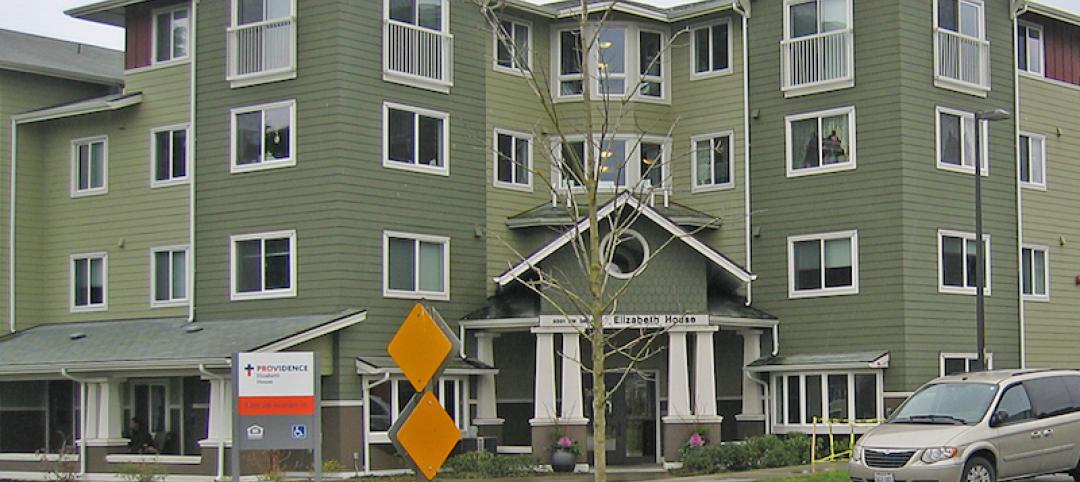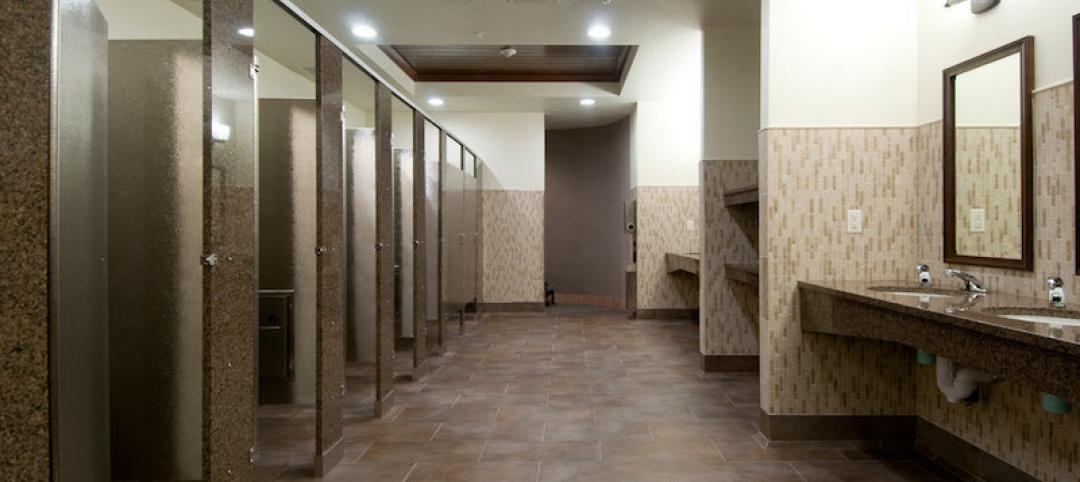International design and architecture firm Perkins Eastman recently announced the publication of its 2017 Survey on The State of Senior Living: “An Industry in Transition.” For this, the third in a series of industry surveys conducted by Perkins Eastman Research, led by Associate and Senior Design Researcher Emily Chmielewski EDAC, nearly 200 respondents from mostly not-for-profit life plan communities share their expertise and insights on five key issues that “keep them up at night”: Baby Boomer expectations, healthcare reform, staff recruitment and retention, for-profit competitive growth, and the needs of middle-income residents.
Some of the respondents’ feedback for “An Industry in Transition” was recorded at the 2016 LeadingAge Conference in Indianapolis, conducted at Perkins Eastman’s exhibition booth, in which a random sampling of senior living providers—mostly from the not-for-profit sector—volunteered to answer an on-the-spot survey question about the key issues facing the industry.
Further survey results and feedback revealed that, among the key focus areas being examined, staff recruitment and retention was the #1 concern among respondents. On this topic, many of those surveyed expressed unease toward how wages significantly outpaced job empowerment, benefits, and/or training, while as many as one in three respondents cited recent improvements in recruitment and retention with the help of job role empowerment interventions. Boomer expectations and healthcare reform were close seconds in terms of respondents’ chief concerns for their respective communities and the industry at large going forward.
The first two State of Senior Living surveys conducted by Perkins Eastman Research were published in 2009/10, in the immediate wake of the Great Recession, and in 2015, which was sub-titled “An Industry Poised for Change.” The reason for the relatively brief turnaround time between the second and third surveys has to do strategic alliances, in particular the expressed importance of partnering with healthcare providers. According to the Survey’s authors, “Our 2015 survey saw a remarkable gap between the current alignment with healthcare systems (29% had no relationship) and their belief that an alignment was in the future (74%). What a difference two years makes! Models involving strategic alliance, partnerships and primary referrals all saw significant growth” during this time.
As a rapidly aging Boomer population reevaluates its priorities going forward, and senior living models readjust to accommodate greater demand for everything from urban settings and intergenerational apartment environments to a la carte services for middle-income residents, the 2017 survey’s findings strongly indicate that strategic partnerships with healthcare systems is on the increase industry-wide. “Given some of the shifts in concerns and priorities, we believe [this latest] survey does speak for an industry already in transition and not just poised for change.”
“An Industry in Transition” is available for free download here.
Related Stories
Industry Research | Apr 15, 2016
Commercial construction starts jumped 18% in March
Nonresidential construction has gotten off to a hot start this year and looks to gain even more momentum throughout the spring.
Industry Research | Apr 14, 2016
Contractor confidence down, but not out
Despite a slight regression, nonresidential construction confidence is still in positive territory
Industry Research | Apr 7, 2016
CBRE provides latest insight into healthcare real estate investors’ strategies
Survey respondents are targeting smaller acquisitions, at a time when market cap rates are narrowing for different product types.
Industry Research | Apr 4, 2016
AIA: Public-private partnerships could solve nation’s public infrastructure crisis
A new white paper addresses the nation’s $3 trillion public infrastructure crisis and how public private partnerships offer a possible solution.
Retail Centers | Mar 16, 2016
Food and technology will help tomorrow’s malls survive, says CallisonRTKL
CallisonRTKL foresees future retail centers as hubs with live/work/play components.
Architects | Mar 11, 2016
AIA survey finds many women and minority architects still feeling underrepresented and unfulfilled
Dissatisfaction with “work-life balance” and compensation are cited as reasons why companies’ diversity strategies may be faltering.
Office Buildings | Feb 26, 2016
Benching, desking, and (mostly) paper-free: Report identifies top trends in workplace design for 2016
The report, from Ted Moudis Associates, encompasses over 2.5 million sf of workspace built over the past two years.
Multifamily Housing | Feb 24, 2016
Senior housing sector experiences record-setting year, says CBRE
Senior housing occupancy is at its highest level since 2007, and 2015 was a record year for sales and institutional transactions, according to CBRE.
Industry Research | Feb 22, 2016
8 of the most interesting trends from Gensler’s Design Forecast 2016
Technology is running wild in Gensler’s 2016 forecast, as things like virtual reality, "smart" buildings and products, and fully connected online and offline worlds are making their presence felt throughout many of the future's top trends.
Industry Research | Feb 18, 2016
Public restroom neglect on the rise
Americans are encountering more unkempt restrooms, triggering negative perceptions of businesses, according to a new study.

















